“One of the great puzzles for most researchers of the Shapira Affair is why he spent the final months of his life in the Netherlands. The basic story, oft repeated, is that after the official rejection of his manuscript strips by Christian Ginsburg, the dejected Shapira travelled to Amsterdam, then to Bloemendaal, and finally to Rotterdam. As he wandered from town to town, his depression grew worse and he lost his grip on sanity until finally, he took his life in a seedy hotel in Rotterdam. But is this true?
Ross Nichols, author of the new book The Moses Scroll, is in the Netherlands–headed for Germany today with a team of colleagues, to do some pinpointed archive research on the emerging Moses Shapira story. If you haven’t been keeping up with this story see my previous blog posts:
“Dershowitz’s “Shapira Dead Sea Scrolls Story’ Hits the Front Page of the New York Times”
“A Shapira ‘Dead Sea Scrolls’ News Roundup”
It has become obvious since the March NYTimes story broke that many of the academics offering recent arguments supporting the “forgery” verdict on these manuscripts have not kept up with what we now know from newly examined archive materials. Nichols has published much of this in his book, The Moses Scroll, with full supporting references, in papers uploaded to academia.edu, and in his extensive set of very detailed blog posts you can access here.
His latest post, from Amsterdam, offers new important insights and context on the most likely reasons why Shapira traveled to the Netherlands in August 1883. You will also learn that his state of mind was far from depressed or deranged. You can read more at the link below–and even get a glimpse of the important letter Shapira wrote from Amsterdam to Bond of the British Museum, following the London declaration by Ginsburg and others that his manuscripts were forgeries. The letter runs twelve pages and is full of relevant information that Nichols plans to lay out on his blog in future postings. Shapira knew that he had not forged these ancient fragments that he obtained from the Bedouin in 1878–he bought them for a pittance–so clearly the sellers had no idea of what they had found. His letter makes all of that clear. He is disappointed in the London verdict but he is determined to forge ahead pursuing other academic avenues–perhaps even in the USA–as was the case with the Dead Sea Scrolls in early 1949 when Mar Samuel brought them the USA for examination with the idea of a sale. Brent Nongbri, author of the important book, God’s Library, has provided us with a fascinating post on that subject–with archive news footage, as they were displayed at the Library of Congress, Duke, the University of Chicago, and elsewhere.
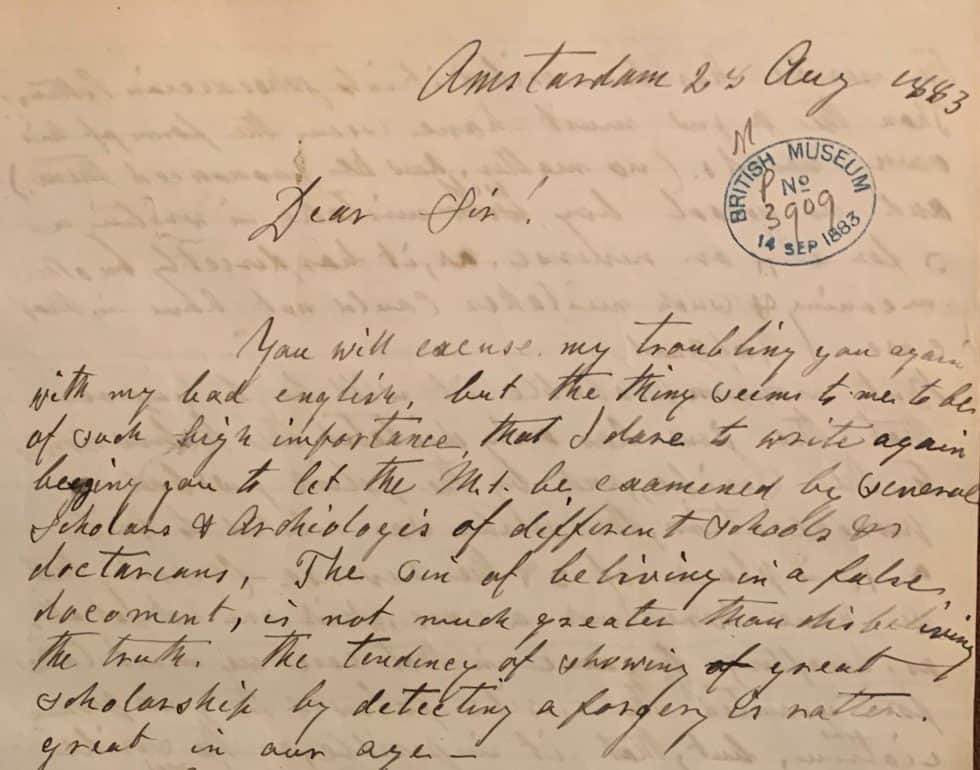

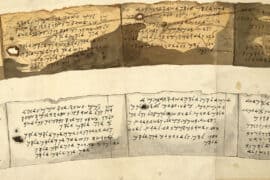

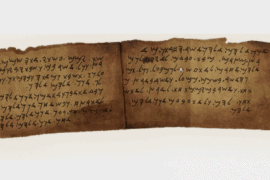
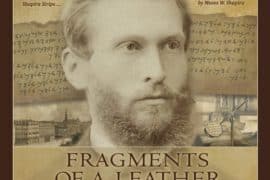
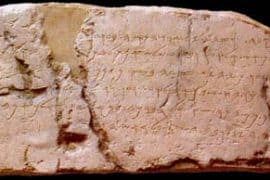


Comments are closed.